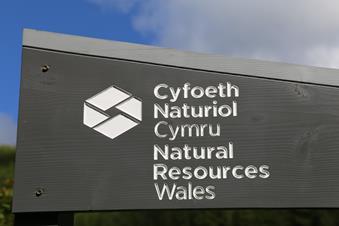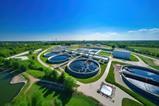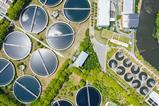The group includes regulators from NRW and SEPA with over 10 Trade Associations invited, including CIA. Here are some of the key take aways from the meeting.
The Environment Agency (EA) hosted a Chemical Industry Liaison Group (CILG) meeting on March 20th. The group includes regulators from NRW and SEPA with over 10 Trade Associations invited, including CIA. Key take aways from the meeting were as follows:
Joe Caddy (EA) presented on PFAS and explained a risk screening project that the EA is carrying out. The EA shared a map of the UK with levels of PFAS detected. They have a list of products/applications which can explain some of the sources of PFAS but want help from Industry to review their list and to highlight others that they may not be aware of. The EA will be sending out a questionnaire to all EPR permitted sites (via their regulator in April) to collect both legacy and active potential sources of PFAS. Deadline for responses will be in July.
The EA shared their reorganisation structure (from 1st April 2024). They have a new decarbonisation team (led by Kay Champion). Jo Nettleton will have a new ‘Chief Regulator’ role for the EA. The National Permitting Service will have a new manufacturing focused group, which includes chemicals.
The EA is due to issue new GET (Guidance on Emerging Techniques) guidance for green hydrogen production on their website soon. They published a GET guide for blue hydrogen production last year (Hydrogen production with carbon capture: emerging techniques).
EA plans to issue Reg61 notices in April to all sites that they think may need to comply with MCP (Medium Plant Combustion) regulations.
The EA has been updating their guidance on groundwater/contaminated land monitoring requirements. Proposed changes will shared via a consultation later in 2024.
The EA confirmed that a Climate Change Adaption risk assessment should have been completed by EPR sites and be part of their Environmental Management System by this April. COMAH sites have until July. They said they are undecided what to do if sites have not completed their assessments. The CIA and others await feedback from the climate change adaption surveys that were carried out recently.
The EA shared their 2024-25 chemicals priority work. Firstly, they plan to focus on NMVOC’s (Non Methane Volatile Organic Compounds) emissions to air and plan LDAR (Leak Detection and Repair) audits. They will also focus on direct emissions to water. Secondly, they plan to review and close out any outstanding Improvement Conditions or derogations following permits issued for LVOC plants in 2022. Their third priority is to plan for WGC permit implementation. They mentioned a ‘phased approach’ to manage resources e.g. they may process pharmaceutical WGC site permits first. The CIA will share any plans that the EA communicate.
The next CILG meeting will be held in July (virtual) with a face to face meeting planned for October 3rd in London.
The CIA met with the EA’s water resilience team in March. This follows our connection with the Water Resources West region. The CIA plans to reach out to members that have water abstraction licences to support them with future licencing changes and potential changes in water availability. Mike Squire has taken over from Davy Pollard as the CIA’s water legislation contact.
The Environment Agency consulted on updating charges for international waste shipments. The new charges will apply to exports and imports of notified waste from and to England and will come into force on 1 April 2024.




















